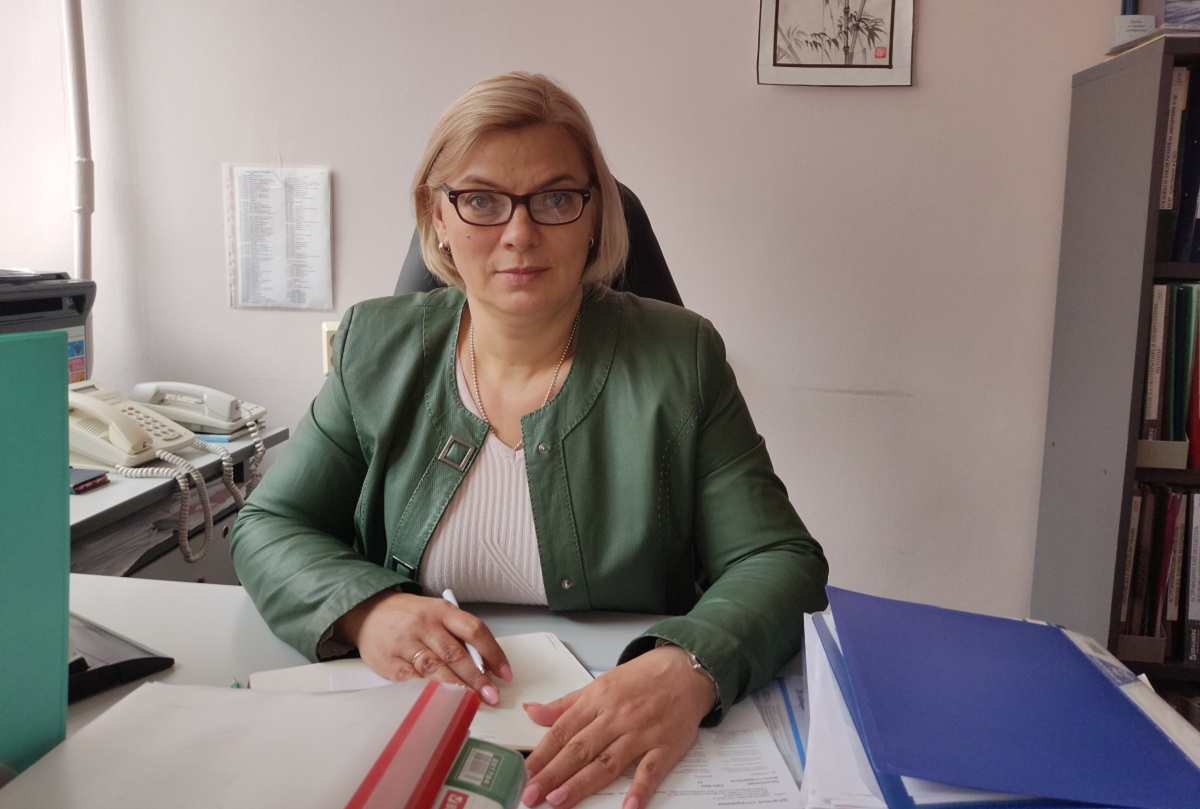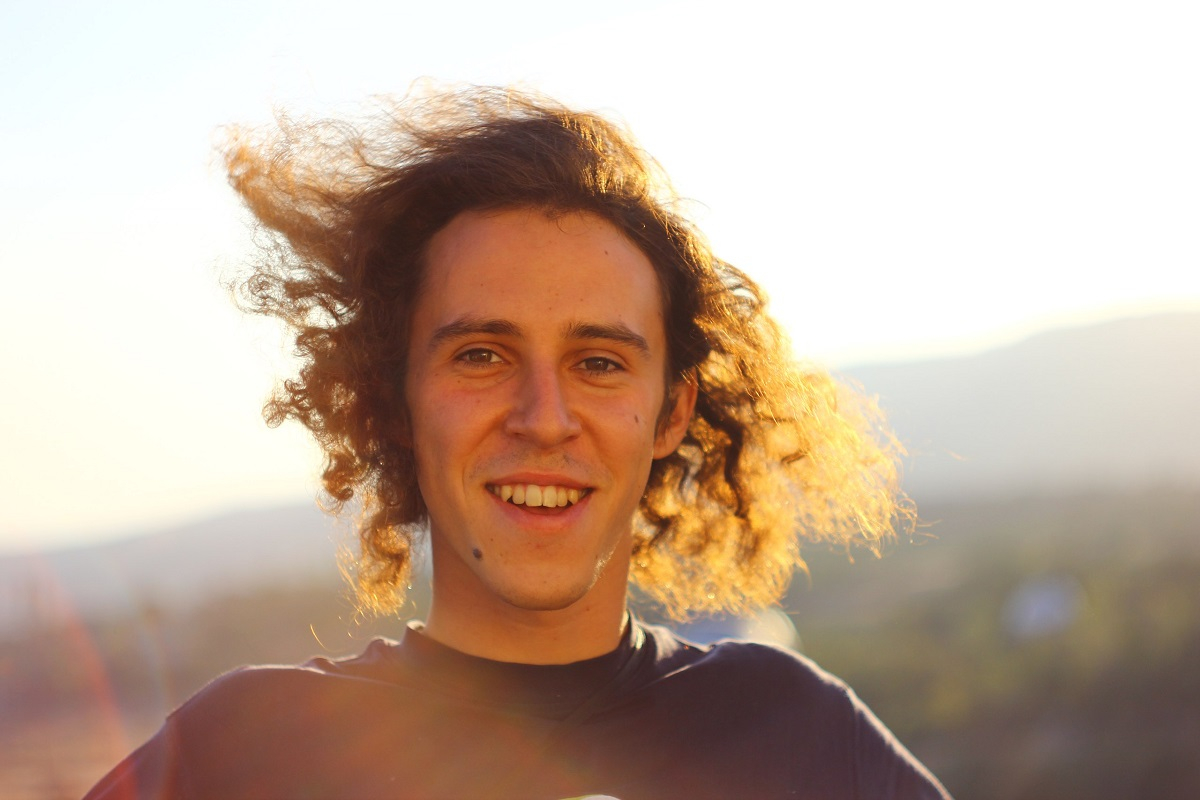Looking beyond Earth: the Special Astrophysical Observatory of the Russian Academy of Sciences is inviting St Petersburg University students for practical training
The Special Astrophysical Observatory of the Russian Academy of Sciences (SAO RAS) is Russia’s largest astronomical centre for ground-based observations of the Universe. The Observatory houses unique equipment, including some of the world’s largest telescopes. Students from all over the country can take part in observations during practical training, field and research internship programmes.
In an interview for the St Petersburg University website, Elena Kaisina, Scientific Secretary of the Special Astrophysical Observatory of the Russian Academy of Sciences, told us what projects trainee astronomers are working on at the Observatory and what skills they are able to acquire during research internships.
Could you please tell us about the main directions of the Observatory’s research activities?
We have a broad and diverse research portfolio. For example, in the field of cosmology we study the cosmic microwave background and the evolution of the early Universe. The SAO RAS researchers explore the structure of the nearby Universe (10×15 Mpc): the Local Group galaxies, their kinematics, dynamics, stellar population and chemical composition; active galactic nuclei (AGN); galaxy groups; distant galaxies; and the large-scale structure of the Universe. Our research interests include: the study of the interstellar medium; different types of stars at different stages of their evolution; stellar evolution; chemical composition of a star; stellar magnetism; multiple star systems; transient events and microquasars. Some of my colleagues study the Sun using radio astronomy methods. Also, in recent years, a new research direction focused on searching for and investigating extrasolar planets has been actively developed.
It should also be mentioned that we compile and publish catalogues and databases, which are used by many researchers across the globe.
Special attention at the Special Astrophysical Observatory of the Russian Academy of Sciences is given to the development and design of methods and instruments for astrophysical observations.
A number of the SAO RAS laboratories and research groups focus on research in the optical and radio frequencies of the electromagnetic spectrum. The Informatics Laboratory of the SAO RAS deals with the implementation of info-communication technologies in astrophysical research, including automation of the observation process. Indeed, the Observatory provides operational and technical support services for RATAN-600 — the world’s largest radio telescope with a reflective mirror about 600 metres in diameter, and for the BTA complex — the 6-metre alt-azimuth telescope.
What competences and skills can trainee astronomers acquire during practical training?
The telescopes of the SAO RAS are unique research facilities. Students participating in astronomical research as trainee astronomers learn the methods of astronomical observations on telescopes of different levels, master the required competences and skills, and prepare for practical research in accordance with their research specialisation. During the research internship, students get access to the latest research methods. The interns are given an opportunity to participate in practical work within the framework of collaborative international research programmes carried out using the telescopes of the SAO RAS. They can also try their hand at organising Russian and international conferences and start building a professional network in the research community.
The research findings obtained with their participation can be reported in the journal "Astrophysical Bulletin" published by the SAO RAS and in other leading Russian and international research journals. For instance, the graduation project findings of one of our colleagues (a graduate of St Petersburg University) served as the basis for a research paper published in the high-impact scientific journal "Monthly Notices of the Royal Astronomical Society", one of the world’s leading journals publishing the results of original research in astronomy and astrophysics.
Could you please tell us about how student internships are organised and what is included in the programme?
Throughout the academic year, over 100 students specialising in astronomy, astrophysics, information technology, and engineering undergo practical training, research internship or pre-graduation practice at the SAO RAS. We have trainees and interns from leading Russian universities, including: St Petersburg University; the Sternberg State Astronomical Institute at Moscow State University; Peter the Great St Petersburg Polytechnic University; Kazan (Volga Region) Federal University; Ural Federal University, Southern Federal University, North-Caucasus Federal University, and others.
We offer practical training of several types. The induction training programme involves attending lectures, seminars, practical classes, and lecture tours to the telescopes. It is taught by the research staff of the SAO RAS. As for the other types of practical training — fieldwork, pre-graduation and research internships — they are undertaken on the basis of research departments and laboratories of the Observatory under the guidance of our researchers, who assign research tasks for the interns, including for the preparation of their term and graduation projects. The interns complete practical assignments individually and participate in astronomical observations, with the Observatory staff acting as their research supervisors and research consultants.
Time and duration of practical training depend on its type and are usually determined by the university curriculum and specified by the university in the application form. The programme of practical training is agreed upon beforehand by both parties. The preparation and organisation of the training programmes at the Observatory are coordinated by the Scientific Secretary of the SAO RAS with the participation of the Education Department. Typically, the induction training programme is approximately two weeks, while internship programmes can be up to 2-4 months.
Do you suggest topics for students’ term and graduation projects and dissertations?
All research topics are agreed upon between the universities and research supervisors/ research consultants from the SAO RAS. For illustration, here are some titles of already completed graduation papers: "Investigation of S5 0716+714 blazar variability in polarised light"; "Ultrabright X-ray sources and young star clusters in galaxy NGC 3256"; "A study of massive star clusters using a novel method for measuring the interstellar absorption"; "Lunar occultation observations from the multichannel optical system on the SAO RAS 6-metre telescope (BTA)"; "Construction of binary stars orbits with stochastic optimisation method"; "Investigation of the short-time photometric variability of relativistic objects at the 6-metre telescope of SAO RAS"; "A study of the low accretion rate polar with brown dwarf SDSS 121209.31+013627"; "Measurement of the supermassive black hole masses in two active galactic nuclei by the photometric reverberation mapping method"; and "Properties of stellar generations in globular clusters".
Sergei Kotov, an employee of the Special Astrophysical Observatory, a graduate of St Petersburg University and a doctoral student at the SAO RAS:
"I have always preferred observational research and working with observation equipment to purely theoretical research. Hence, when I received an offer to do a pre-graduation internship at the Observatory with the once largest optical telescope in the world, I could not refuse. This internship eventually resulted in a graduation paper, which further paved my way to doctoral studies. It all started with observations using the BTA telescope. As a person who had previously made observations using a 30-centimetre telescope, I was immediately sold. Then followed data processing of the observations made, measurement of the instruments' properties, and I was offered to write a graduation project at the SAO RAS. I had not been interested in purely theoretical research at the University, so I accepted the offer. And I find it really interesting, indeed! Most of my research took place in Armenia at the Byurakan Astrophysical Observatory, which only added variety to the work. Step by step, that internship led to a candidate’s dissertation.
Most importantly, the University gave me a solid foundation. Without knowing the fundamentals of physics and mathematics, I would hardly be able to pursue a career in research. Personally, I would change many things in the University curriculum. In particular, I would increase the number of practical disciplines at the expense of in-depth study of mathematics and I believe we need to study the present-day equipment and methods of work. In my current job, numerical methods are probably the most useful thing that I learned at the University, as it is difficult to do anything meaningful in contemporary science without them."
What do you regard as your objectives in conducting student internships?
The main goals of practical training are to: teach future specialists to apply the acquired knowledge into practice; help them gain practical competences and skills; and, of course, prepare prospective doctoral students and/or research staff for the Special Astrophysical Observatory of the Russian Academy of Sciences.
Among the main objectives of practical training is integration and consolidation of theoretical knowledge about the observed manifestations of various astrophysical objects and physical processes occurring in them. When working with astrophysical instruments at the Observatory, students should learn about their design and operating principles and acquire practical skills and competences for astrophysical observations. It is essential that they master the methods of setting up and conducting observations of astrophysical objects in accordance with the research topic and learn the techniques for processing, analysing and interpreting the obtained data. They also need to understand the practical possibilities of observational techniques in telescope observations and, where possible, participate in their development and modernisation.
Unfortunately, not many trainees come to work with us after graduation. We are currently experiencing a shortage of technical research and IT staff.
Are there graduates of St Petersburg University among your employees? How do you assess their work?
Yes, more than 15 graduates of the University’s academic programmes in Astronomy (graduation years from 1974 to 2023), including those completed the Special Astrophysical Observatory doctoral programme, are currently employed at the Special Astrophysical Observatory of the Russian Academy of Sciences. In my opinion, in terms of their characteristic traits, they are cultured, responsible and committed. Academic programmes in Astronomy at the Mathematics and Mechanics Faculty at St Petersburg University feature advanced curriculum in mathematics and IT, which provides a solid foundation for further studies and accomplishment of research objectives in the field of astrophysics.
What other areas of cooperation with St Petersburg University would the Observatory be interested in?
I think we could further expand our academic cooperation in education focusing on students of technical research, engineering, and IT specialisations.
There is a shortage of technical research professionals at the SAO RAS. Indeed, we are not the only ones to confront this issue. The deficit of engineers and skilled research technicians is often spoken about. In this regard, the following competences and areas of expertise can be outlined: telescope automated control systems; automation of research equipment and experiment process; development of client-server applications in GNU/Linux OS (including with web interface) for task automation; development of key elements of control systems based on ARM and RISC V microcontrollers; construction of peer-to-peer networks for telescope control systems based on CAN bus; and development of interconnection solutions based on industrial PCs using GNU/Linux OS. There is also a demand for: the development of hardware and software solutions for the integration of heterogeneous devices in the experimental research and data collection control systems; improving the performance characteristics of the telescope equipment through new-generation technological solutions and modernisation; as well as development and design of multi-purpose CCD systems based on new principles and approaches, aimed at improving photometric accuracy, utilising different types of solid-state image receivers.
Regarding the information technology, we are interested in: applications of ICT tools and techniques in fundamental astrophysical research; development of tools, techniques and technologies for experiment management, processing and analysis of experimental data; development of image acquisition and processing system control software; development and implementation of real-time signal processing methods; design and development of databases; implementation of artificial intelligence techniques for experimental data analysis and visualisation of multi-parametric data; as well as technical support and development of computer and communication networks.



